Just laser it will go off course.
AN ASTEROID capable of ending human civilisation if it hits will approach our planet in April, NASA’s asteroid trackers have confirmed.
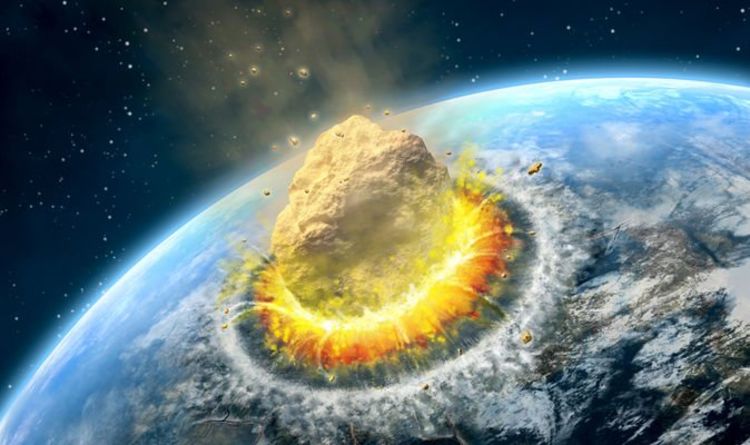
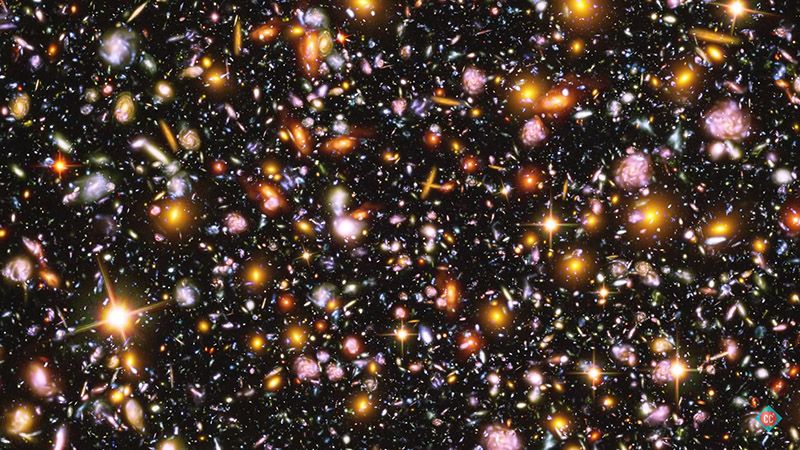
The universe just got a lot more crowded. According to a new study, there may be three times as many stars in the universe as previously thought. How many? Three-hundred sextillion. How many is 300 sextillion? Behold:
300,000,000,000,000,000,000,000
That is, as the Associated Press points out, three trillion times 100 billion.
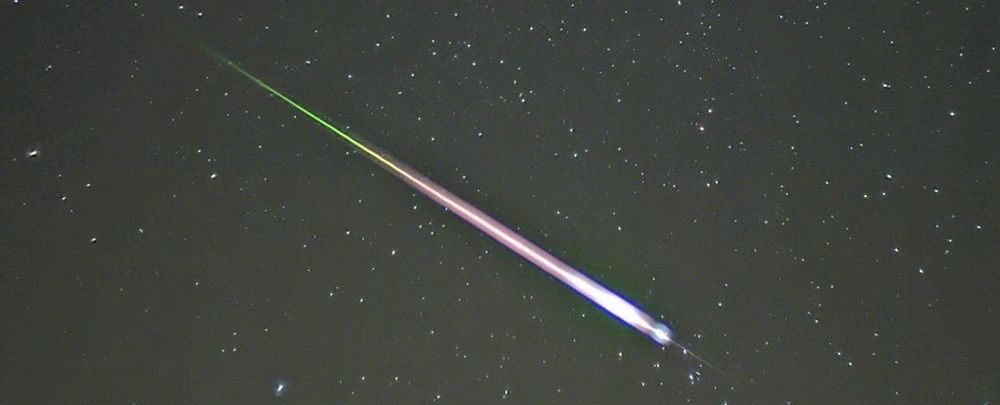
A new discovery could be a clue for us to see if life could emerge elsewhere in the Solar System. Using a new analysis technique, scientists think they have found an extraterrestrial protein, tucked inside a meteorite that fell to Earth 30 years ago.
If their results can be replicated, it will be the first protein ever identified that didn’t originate here on Earth.
“This paper characterises the first protein to be discovered in a meteorite,” the researchers wrote in a paper uploaded to preprint server arXiv. Their work is yet to be peer reviewed, but the implications of this finding are noteworthy.

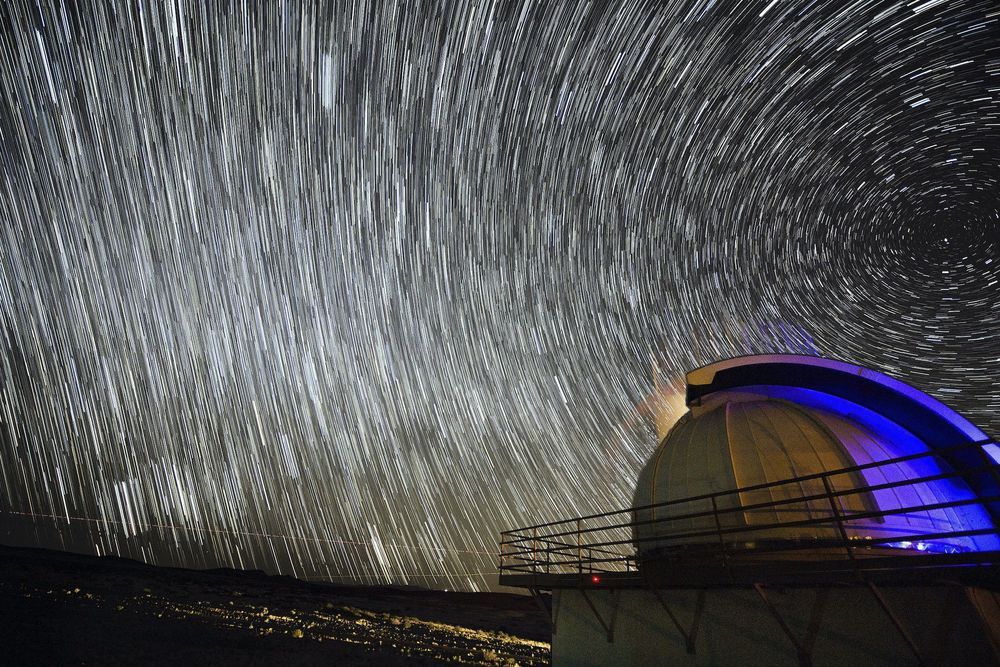
WASHINGTON — L3Harris has been awarded a 10-year $1.2 billion contract by the U.S. Space Force’s Space and Missile Systems Center to maintain and modernize the military’s network of space surveillance sensors.
The award is for a new program named MOSSAIC, short for maintenance of space situational awareness integrated capabilities. The selection of L3Harris was announced Feb. 25 on the beta. SAM.gov federal contracting opportunities website.
MOSSAIC replaces a previous contract that Harris (before it merged with L3) had held since 2002 to maintain the Air Force’s network of telescopes — known as the Ground-based Electro-Optical Deep Space Surveillance System — that track objects in geostationary orbits. Now under control of the U.S. Space Force are three GEODSS sites — on the island of Diego Garcia in the Indian Ocean; at the White Sands Missile Range, New Mexico; and in Maui, Hawaii.
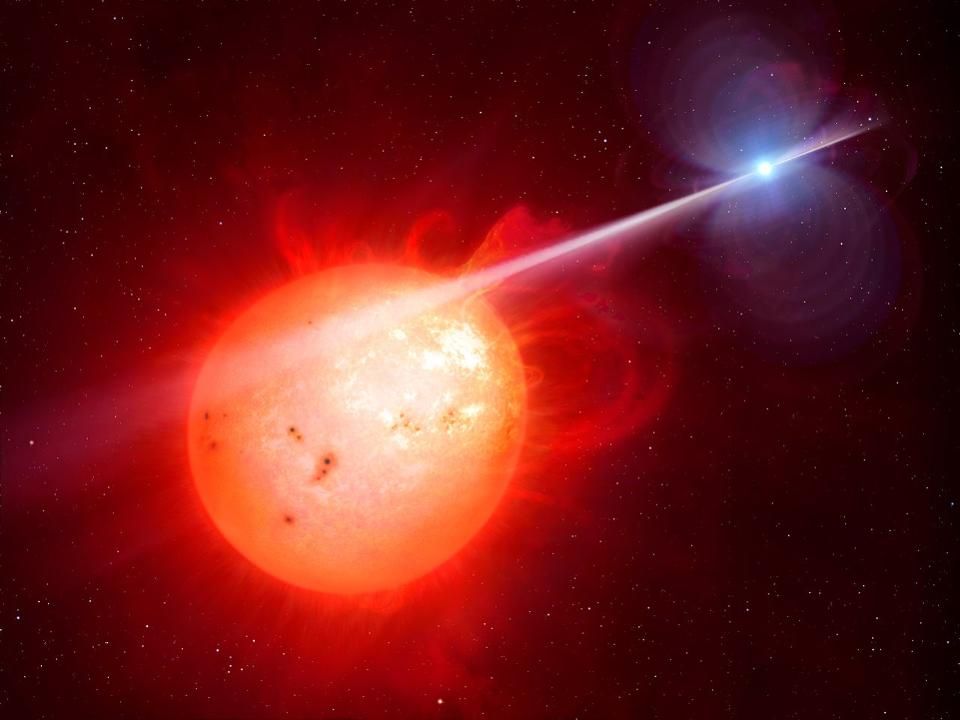
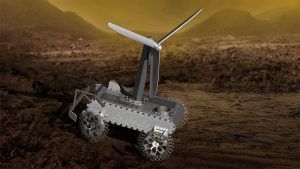
Artist’s concept of the AREE Venus rover. The rover would be wind-powered and able to last on Venus’ hellish surface much longer than previous landers. Image via NASA/ JPL-Caltech.
There’ve been missions to Venus over the past decades, but Venus is a tough place to visit, with temperatures on its surface hot enough to melt lead. The last probe that landed on Venus’ hellish surface was part of the Vega 2 mission in 1985; it transmitted data from Venus’ surface for 57 minutes. Now NASA wants to visit Venus’ surface again, not with just another lander … but with a rover.
On February 21, 2020, NASA announced a public challenge to help design a future Venus rover called Automaton Rover for Extreme Environments (AREE). The challenge – Exploring Hell: Avoiding Obstacles on a Clockwork Rover – is specifically to develop an obstacle-avoidance sensor for the rover. The concept is being funded by a grant from the NASA Innovative Advanced Concepts program.

‘This is the first time I have seen such a dramatic drop-off over such a wide area for a specific event,’ says NASA scientist.
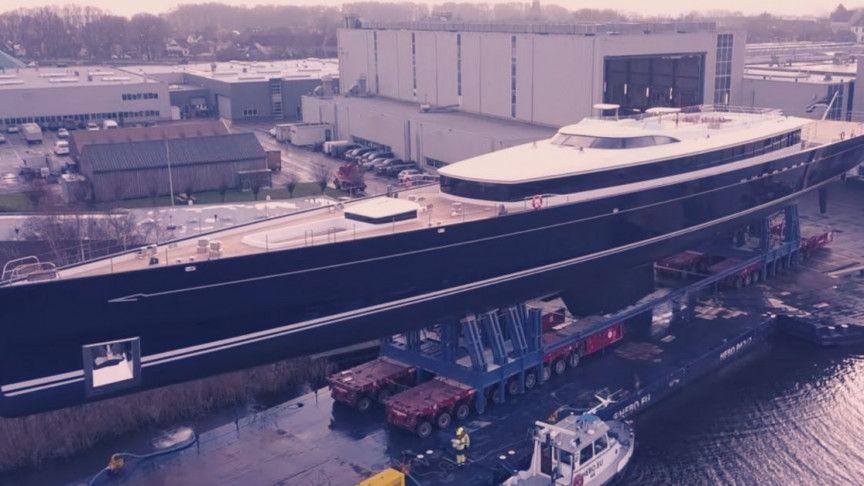
The Dutch shipbuilder Royal Huisman used an engineering process developed by the European Space Agency (ESA) for space missions in the design of the superyacht Sea Eagle II — expected to become the largest aluminum sailing yacht in the world upon delivery to its owner this Spring.
Engineering design used by the European Space Agency was used to create the largest aluminum superyacht.
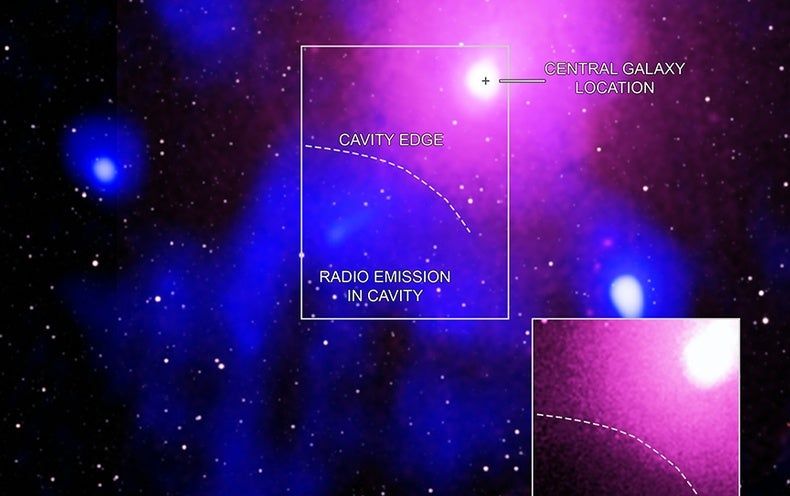
Astronomers have spotted a cosmic blast that dwarfs all others.
A gargantuan explosion tore through the heart of a distant galaxy cluster, releasing about five times more energy than the previous record holder, a new study reports.
“In some ways, this blast is similar to how the eruption of Mt. St. Helens in 1980 ripped off the top of the mountain,” study lead author Simona Giacintucci, of the Naval Research Laboratory in Washington, D.C., said in a statement. “A key difference is that you could fit 15 Milky Way galaxies in a row into the crater this eruption punched into the cluster’s hot gas.”